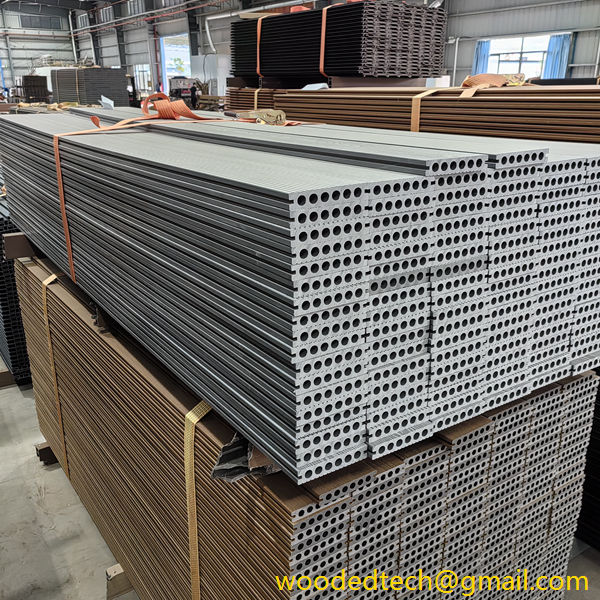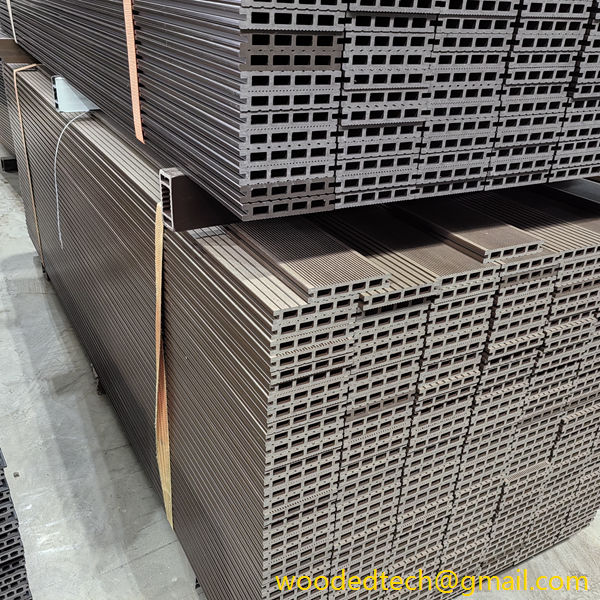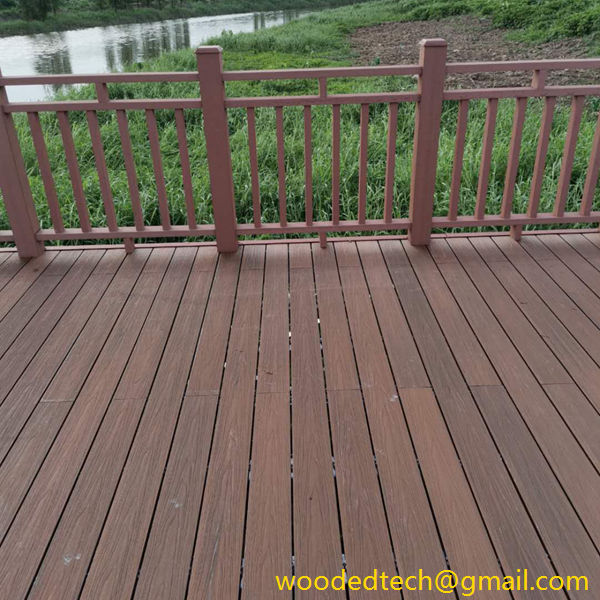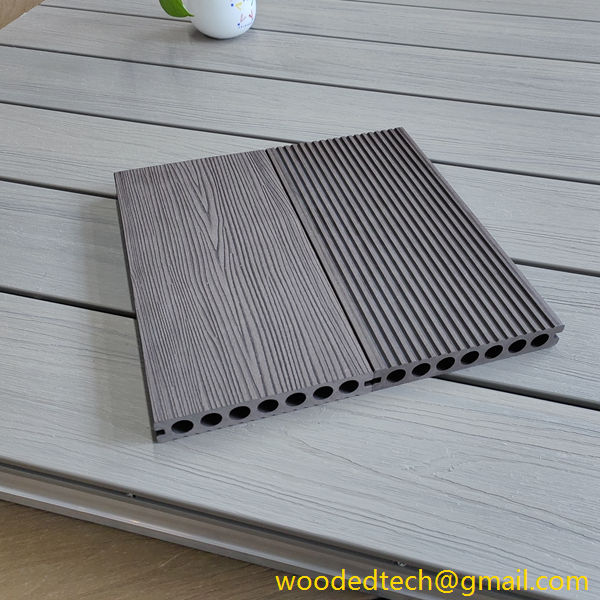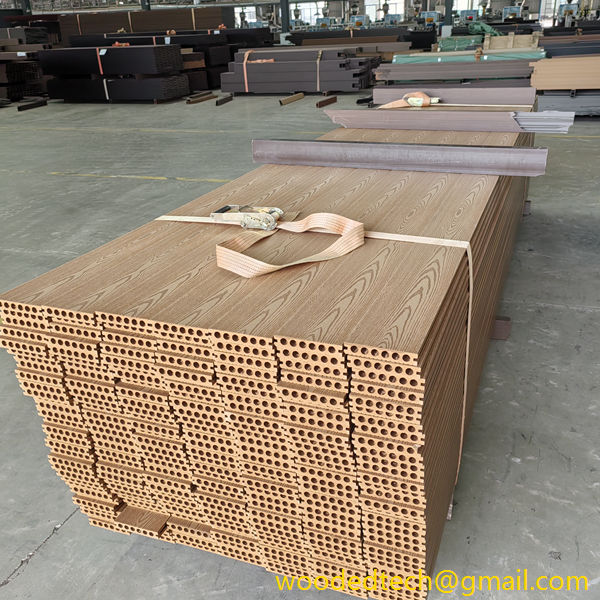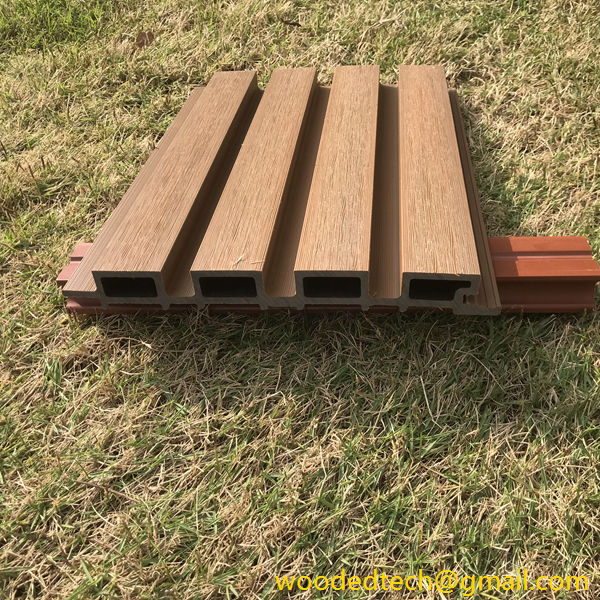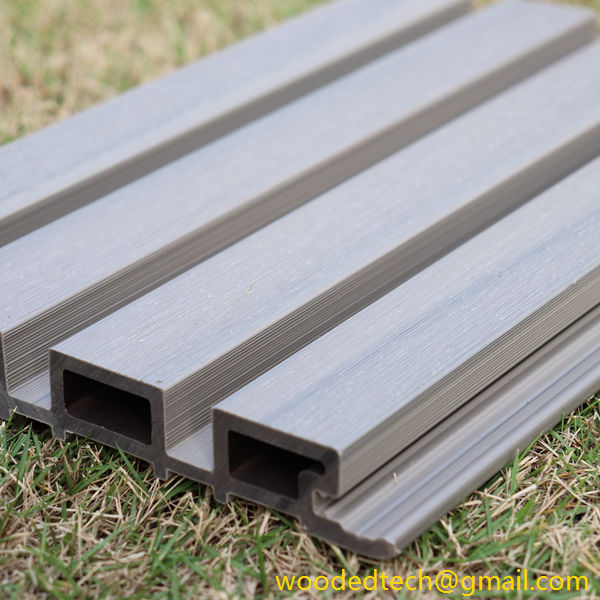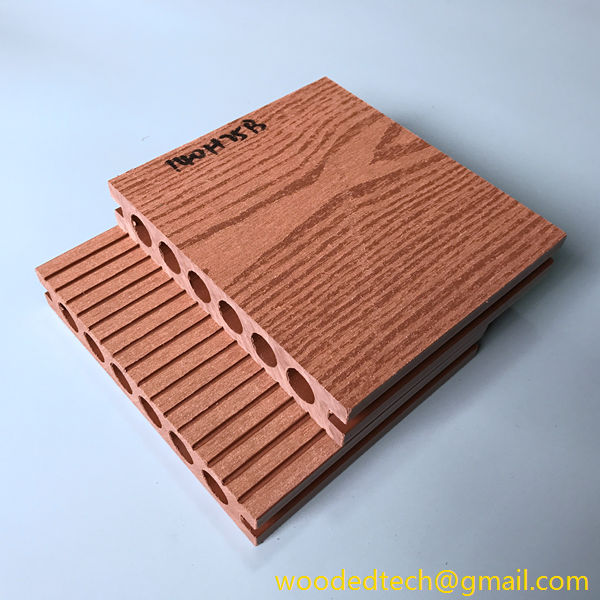Dek Komposit Plastik Kayu Ekstrusi: Temukan Manfaat dari Dek Komposit Plastik Kayu Ekstrusi
Dek Komposit Plastik Kayu Ekstrusi: Temukan Manfaat Dek Komposit Plastik Kayu Ekstrusi Dek komposit plastik kayu (WPC) telah muncul sebagai bahan revolusioner dalam industri konstruksi dan lansekap, yang menggabungkan daya tarik estetika kayu alami dengan daya tahan dan perawatan yang rendah dari bahan sintetis. Kapasitas produksi global penghiasan WPC yang diekstrusi...
Dek Komposit Plastik Kayu Ekstrusi: Temukan Manfaat dari Dek Komposit Plastik Kayu Ekstrusi
Wood plastic composite (WPC) decking has emerged as a revolutionary material in the construction and landscaping industries, combining the aesthetic appeal of natural wood with the durability and low maintenance of synthetic materials. The global production capacity of extruded WPC decking is rapidly expanding, driven by increasing demand for sustainable building materials and innovative outdoor solutions. This article explores the benefits of extruded WPC decking and delves into the current state of its global production capacity distribution.
Extruded WPC decking is manufactured by combining wood fibers or flour with thermoplastics, typically polyethylene or polypropylene, which are then heated and extruded into planks or boards. This process results in a product that exhibits the best qualities of both wood and plastic. One of the primary benefits of extruded WPC decking is its resistance to moisture, insects, and decay. Unlike traditional wood decking, which is prone to rot and damage from termites, WPC decking remains stable and intact even in harsh weather conditions. This durability translates to a longer lifespan, making it a cost-effective investment for homeowners and commercial property developers alike.
Another significant advantage of extruded WPC decking is its low maintenance requirements. Traditional wood decking often requires regular staining, sealing, and painting to maintain its appearance and protect it from the elements. In contrast, WPC decking typically only needs occasional cleaning with soap and water to keep it looking new. This ease of maintenance appeals to busy homeowners and commercial property managers who are looking to reduce their upkeep efforts while still enjoying the beauty of their outdoor spaces.
In addition to its functional benefits, extruded WPC decking offers a wide variety of aesthetic options. Manufacturers produce WPC decking in a range of colors, textures, and finishes, allowing consumers to choose products that complement their design preferences. Some WPC products are designed to mimic the appearance of natural wood, providing the warmth and beauty of traditional decking without the drawbacks. This versatility makes extruded WPC decking an attractive choice for a diverse range of applications, from residential backyards to commercial boardwalks and public parks.
Sustainability is another compelling reason for the growing popularity of extruded WPC decking. As environmental concerns continue to rise, consumers are increasingly seeking sustainable alternatives to traditional materials. WPC decking is often made from recycled materials, such as reclaimed wood fibers and post-consumer plastics, reducing the demand for virgin resources and minimizing waste. Furthermore, the manufacturing process for WPC decking generally consumes less energy compared to that of traditional wood products, making it a more eco-friendly choice for conscientious consumers.
The global production capacity of extruded WPC decking is witnessing substantial growth, driven by the rising demand from various regions. North America remains one of the largest markets for WPC decking, fueled by a combination of consumer interest in outdoor living spaces and a growing awareness of sustainable building practices. The region’s established infrastructure for manufacturing and distribution also supports the widespread adoption of WPC products.
In recent years, Asia-Pacific has emerged as a significant player in the global WPC decking market. Countries such as China and India are experiencing rapid urbanization and infrastructure development, leading to increased demand for outdoor spaces. The region’s manufacturers are investing in advanced production technologies and expanding their capacities to meet this rising demand. Additionally, the increasing focus on sustainable building practices in the Asia-Pacific region is driving the adoption of WPC decking as a viable alternative to traditional wood products.
Europe also plays a crucial role in the distribution of global WPC decking production capacity. The European market is characterized by a strong emphasis on sustainability and environmental regulations, which have propelled the demand for eco-friendly building materials. European manufacturers are focusing on producing high-quality WPC decking that meets stringent environmental standards while offering attractive design options.
As the global market for extruded WPC decking continues to expand, innovation in design and manufacturing processes is expected to drive further growth. Research and development efforts are focusing on improving the performance characteristics of WPC products, such as enhancing their resistance to fading, scratching, and staining. Manufacturers are also exploring new materials and additives that can improve the overall durability and appearance of WPC decking.
Moreover, the rise of e-commerce and online marketplaces is transforming the way consumers access and purchase WPC decking products. Homeowners and contractors can now easily compare products, prices, and reviews from various manufacturers, facilitating informed purchasing decisions. This shift in consumer behavior is likely to spur competition among manufacturers and contribute to an increase in production capacity as companies strive to meet evolving consumer preferences.
In conclusion, extruded wood plastic composite decking offers a wealth of benefits that make it an attractive option for outdoor spaces. Its durability, low maintenance requirements, aesthetic versatility, and sustainability appeal to a wide range of consumers. As global production capacity continues to grow, driven by demand from North America, Asia-Pacific, and Europe, the future looks promising for extruded WPC decking. With ongoing innovations and a commitment to sustainability, this material is set to play a pivotal role in the ongoing evolution of outdoor construction and design.

